Metzenbaum Dissecting Scissors are specialized surgical instruments used primarily for cutting delicate tissues. These scissors are designed to provide surgeons with the precision and control needed during intricate surgical procedures.
Design and Features
Structure
Metzenbaum scissors are characterized by their long, slender shafts and slightly curved or straight blades. The blades are relatively short compared to the overall length of the scissors, which enhances the surgeon’s ability to maneuver in tight spaces and makes them ideal for delicate tissue dissection. The tips of the blades are rounded, which minimizes the risk of damaging surrounding tissues.
Material
These scissors are typically made from high-quality stainless steel, known for its durability and resistance to corrosion. Some versions may feature tungsten carbide inserts in the blades, which increase their cutting efficiency and extend their lifespan. The stainless steel construction also ensures that the scissors can be repeatedly sterilized without degrading in quality.
Variants
Metzenbaum scissors come in several variations to accommodate different surgical needs:
– **Curved Blades:** Used for cutting and dissecting deeper or more intricate tissues.
– **Straight Blades:** Preferred for surface-level tissue cutting and dissection.
– **Standard Length:** Common lengths range from 5.5 inches to 7 inches, allowing the surgeon to choose the most appropriate size for the specific procedure.
Applications
Metzenbaum scissors are widely used across various surgical disciplines due to their precision and adaptability. Some of their common applications include:
– **General Surgery:** For cutting and dissecting soft tissues, including muscles and membranes.
– **Plastic and Reconstructive Surgery:** Ideal for procedures requiring fine dissection, such as in flap surgeries or delicate reconstructions.
– **Gynecological Surgery:** Employed in operations involving the uterus and other reproductive organs.
– **Cardiovascular Surgery:** Used for delicate dissections in heart and vascular surgeries, where precision is critical.
Handling and Maintenance
Sterilization
Proper sterilization is essential to maintain the functionality and safety of Metzenbaum scissors. They are typically sterilized using autoclaving, which involves high-pressure steam to eliminate any microbial contamination. This process must be done according to established medical protocols to ensure the instruments are safe for use.
Maintenance
Regular maintenance is crucial for preserving the precision and efficiency of Metzenbaum scissors. This includes:
– **Routine Inspection:** Checking for any signs of wear, such as dullness or misalignment of the blades.
– **Sharpening:** Ensuring the blades remain sharp to facilitate clean cuts.
– **Lubrication:** Applying appropriate surgical instrument lubricants to the joint to maintain smooth operation.
Handling
Proper handling of Metzenbaum scissors is essential to maximize their effectiveness and longevity. Surgeons and medical staff should be trained in the correct techniques for using these scissors, including the appropriate amount of force to apply during dissection to avoid damaging the instrument or the tissues.
Conclusion
Metzenbaum Dissecting Scissors are an indispensable tool in the surgical field, valued for their precision, versatility, and ability to handle delicate tissues with care. Their design reflects the thoughtful consideration of the needs of surgeons performing intricate procedures, and their robust construction ensures they can withstand the rigors of repeated use and sterilization. Proper care, handling, and maintenance are essential to ensure that these scissors continue to perform at their best, contributing to successful surgical outcomes and patient safety.
| Size | |
|---|---|
| Product Type | Blunt/Blunt Curved, Blunt/Blunt Straight, Curved, Sharp/Blunt Curved, Sharp/Blunt Straight, Sharp/Sharp Curved, Straight, Straight Sharp/Sharp |
Be the first to review “Metzenbaum” Cancel reply
Related products
SURGICAL INSTRUMENTS
SURGICAL INSTRUMENTS
SURGICAL INSTRUMENTS
SURGICAL INSTRUMENTS
SURGICAL INSTRUMENTS
SURGICAL INSTRUMENTS
SURGICAL INSTRUMENTS
SURGICAL INSTRUMENTS
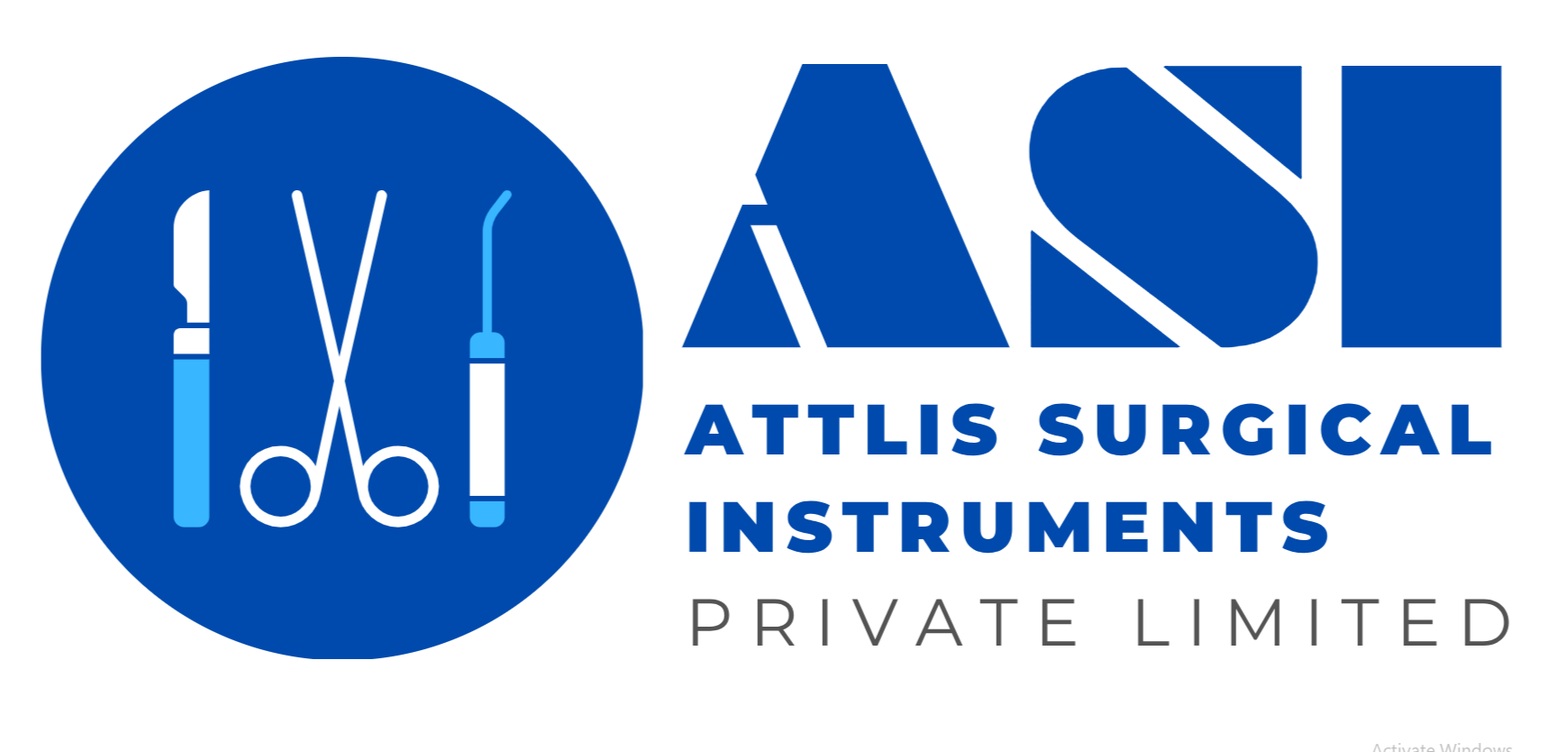

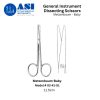
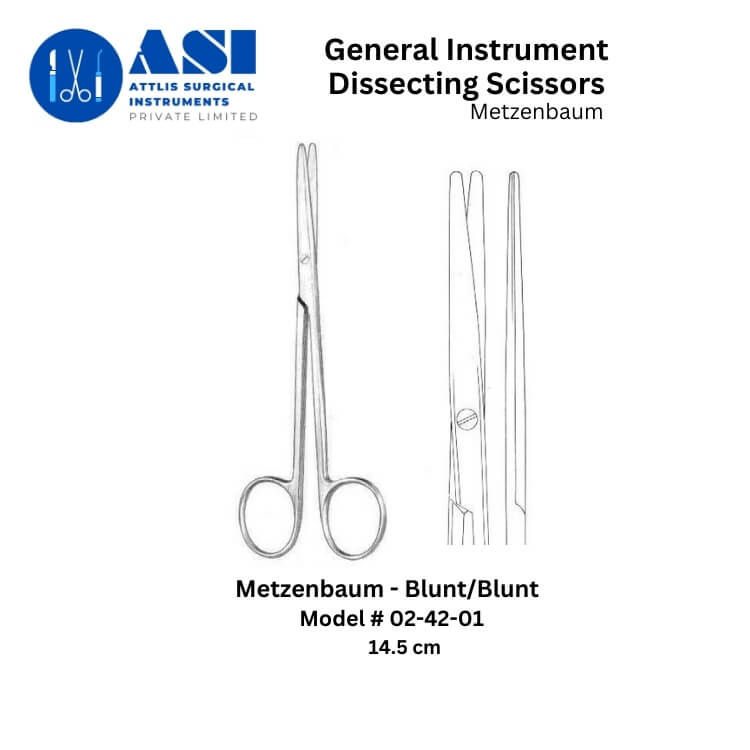







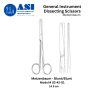




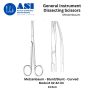








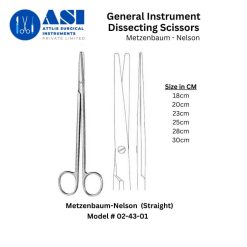




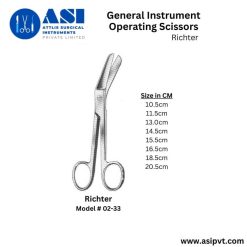
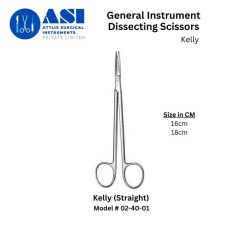


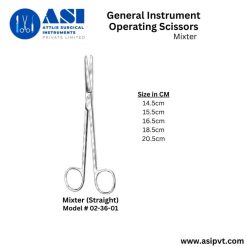

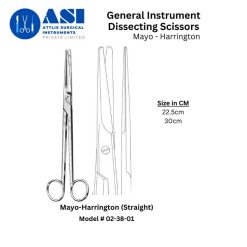
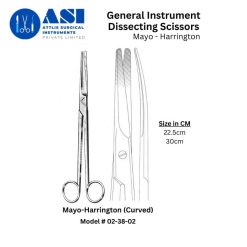

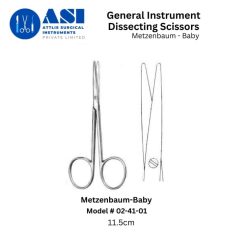
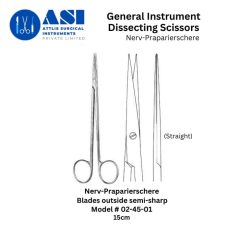


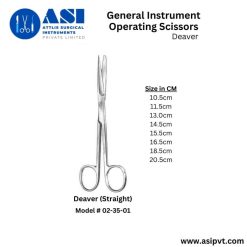


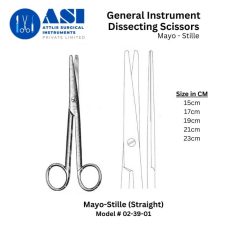

Reviews
There are no reviews yet.